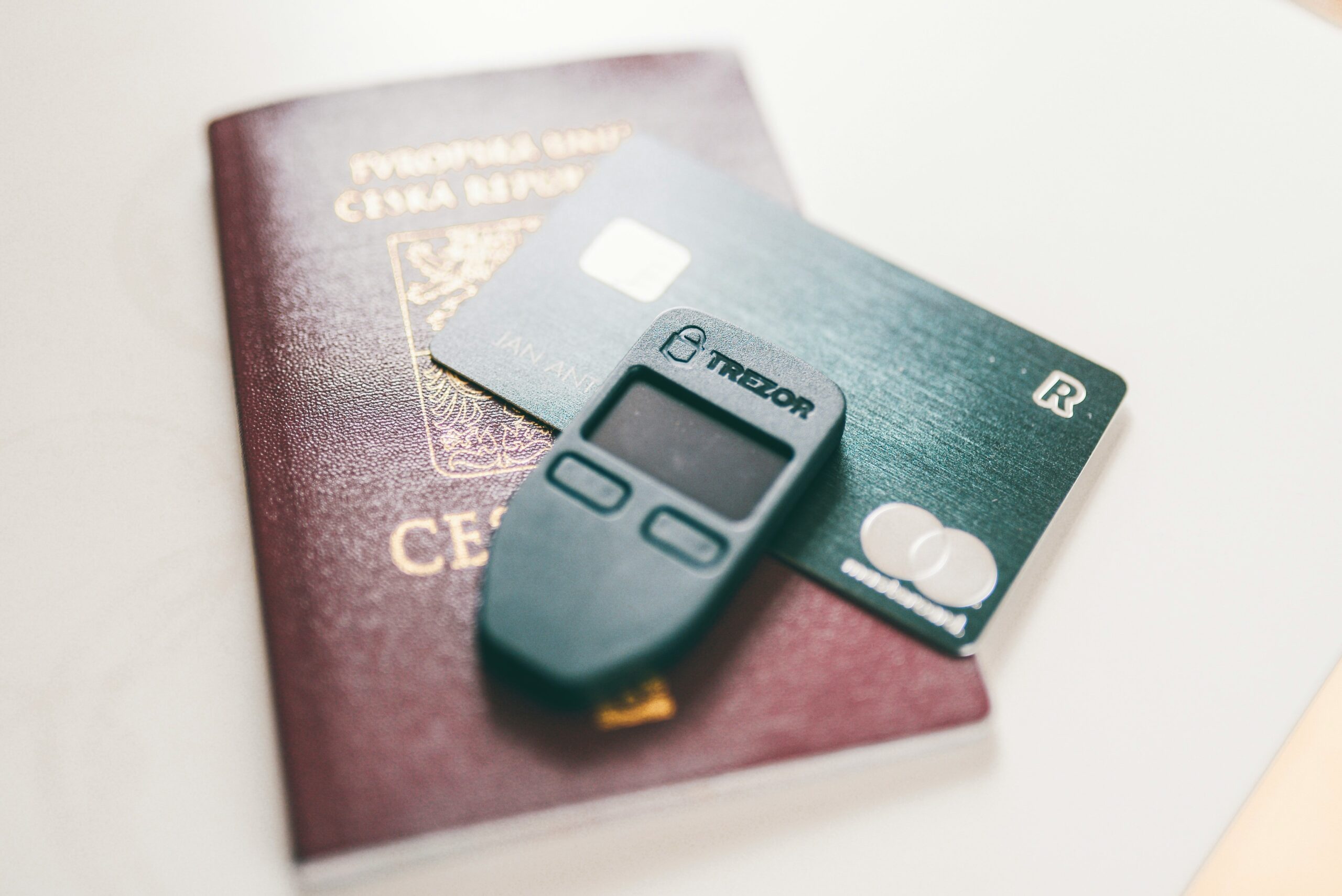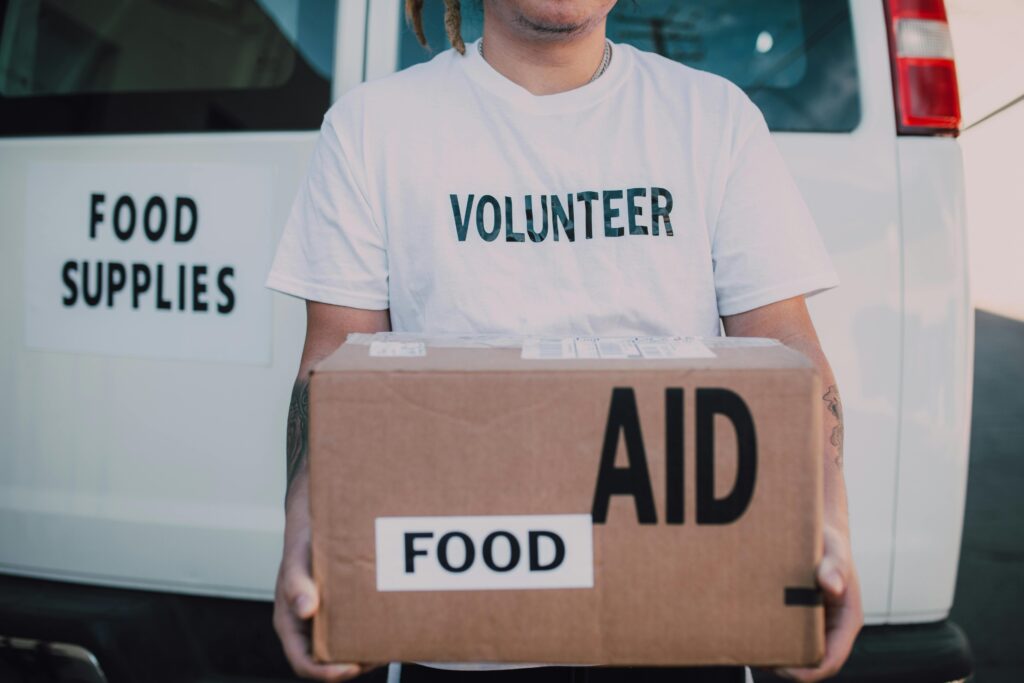Ever thought about what happens if you’re stranded abroad with no way to get home? Spoiler alert: it’s not pretty. Repatriation logistics are the quiet, behind-the-scenes guardians ensuring you can return home safely—whether it’s due to a health crisis or an unexpected emergency.
In this post, we’re diving deep into repatriation insurance, exploring why repatriation logistics matter so much in personal finance, and how credit card perks might help (or fail) when disaster strikes. From understanding the nitty-gritty of coverage to walking through actionable steps, you’ll walk away armed and ready for whatever life throws at you—or across continents.
Table of Contents
- Key Takeaways
- Why Repatriation Insurance is Non-Negotiable
- The Step-by-Step Guide to Nailing Repatriation Logistics
- Best Practices for Choosing the Right Coverage
- Real-Life Examples & Case Studies
- Frequently Asked Questions About Repatriation Insurance
Key Takeaways
- Repatriation logistics ensure safe travel back home during emergencies.
- Credit cards rarely offer full-fledged repatriation benefits; dedicated insurance is crucial.
- Avoid generic policies—customize coverage based on your needs.
- Review exclusions carefully before purchasing any policy.
Why Repatriation Insurance is Non-Negotiable
Sure, everyone knows they need health insurance—but let me tell you about repatriation insurance. I once assumed my shiny platinum credit card had my back while traveling abroad. Spoiler alert: It didn’t. When a friend got into a minor accident overseas, shuffling between local hospitals turned out messier than their breakfast burrito spill.

This isn’t just about worst-case scenarios—it’s peace of mind. Here’s why:
- Medical emergencies abroad often leave travelers vulnerable.
- Without proper repatriation coverage, costs can spiral out of control.
- It bridges gaps where most standard insurances fall short—hello, medical evacuation and transportation!
Optimist You: *“Pfft, nothing will happen!”*
Grumpy Me: *“Yeah, until it does… then what? Cry over WiFi trying to fix it?”*
The Step-by-Step Guide to Nailing Repatriation Logistics
Let’s break down how you set yourself up for success without losing your sanity along the way.
Step 1: Assess Your Current Insurance
First things first—grab that fine print from your health insurer and read through like it’s Game of Thrones spoilers. Look specifically for terms around “repatriation” and “evacuation.” Many basic plans only skim these topics.
Step 2: Identify Gaps
If your current plan doesn’t explicitly mention international emergencies or medical transport, guess what? You’ve found your gap. No shame—it happens more often than people admit.
Step 3: Choose Dedicated Repatriation Insurance
Here’s where the real magic happens. Compare options offering detailed services like air ambulances, hospital coordination, etc. Pro tip: Always prioritize providers partnering directly with hospitals worldwide.

Step 4: Understand Credit Card Benefits
Don’t toss that AmEx Platinum yet—but understand its limitations. Some premium cards cover accidental death or dismemberment abroad but skip specifics like repatriation logistics entirely. Be wary!
Best Practices for Choosing the Right Coverage
- Customize Don’t Generalize: Tailor coverage to suit unique risks tied to your frequent destinations.
- Check Exclusions Thoroughly: Nothing worse than realizing pre-existing conditions weren’t covered AFTER something goes wrong.
- Leverage Employer Policies: Companies sometimes bundle great benefits—just ask HR!
- Avoid Overpaying: Fancy bells and whistles add costs. Stick to essentials unless necessary.
Side note: Avoid “budget deals” promising everything under the sun. Remember Tamagotchis? Those died fast too.
Real-Life Examples & Case Studies
Jamie learned the hard way after being hospitalized in Thailand without proper repatriation coverage. Medical evacuation alone cost them $70k—not exactly pocket change.
On the flip side, Sarah subscribed to a comprehensive travel insurance plan including strong repatriation logistics support. She broke her ankle skiing in France, was flown home comfortably—and paid ZERO extra because she planned ahead.
Biggest Takeaway?
Preparation saves money AND stress—period.
Frequently Asked Questions About Repatriation Insurance
Q1: What Exactly Does Repatriation Include?
Generally covers medical evacuations, emergency flights home, and coordination with local healthcare facilities.
Q2: Can My Credit Card Cover This?
Mostly nope! Even top-tier cards lack extensive repatriation benefits. Read those T&Cs twice!
Q3: How Much Should I Spend?
It depends. On average, expect ~$200-$500 annually depending on age and destination frequency.
Conclusion
Repatriation logistics may sound complicated, but they’re actually your ultimate safety net—a must-have piece of insurance tucked neatly alongside all the others. Nail this area of personal finance, and you’re golden. Now go forth and protect that passport pic—you never know when you’ll need it!
*PSA:* Like building blocks in Minecraft, solid planning makes survival less chaotic. Stay prepared, folks.
“Minecraft block by block, life solved.”*


